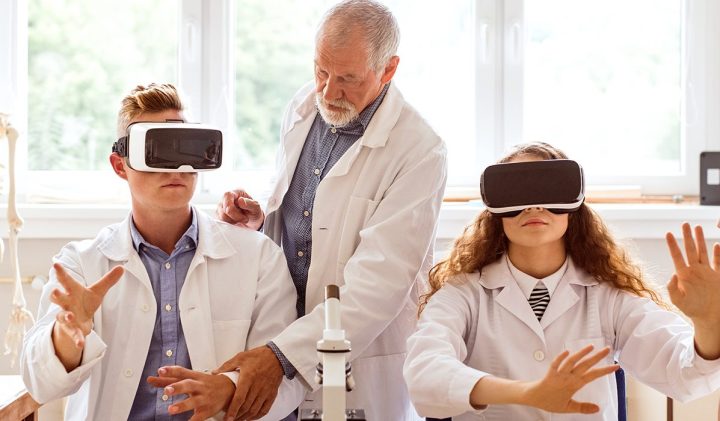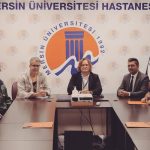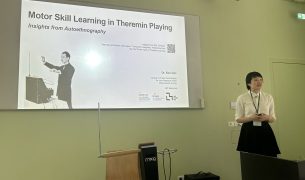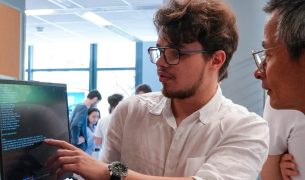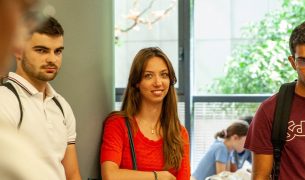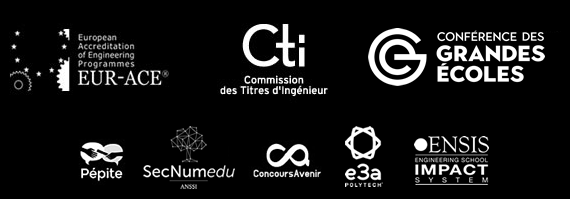Ahmed Azough, a professor-researcher at ESILV, co-directed a significant contribution to medical education research. Entitled “Virtual Reality in Medical Education: Effectiveness of the Immersive Virtual Anatomy Laboratory (IVAL) Compared to Traditional Learning Approaches,” this study was published in the Elsevier journal “Displays”. It aims to examine the impact of immersive virtual reality tools in enhancing anatomy education.
This study was conducted by PhD students Mohammed K. and Fatima-Ezzahra Boubakri under the supervision of Fatima Zahra Kaghat from ESILV.
Virtual Reality in Medical Education: The Study’s Overview
The experimental study involved 120 undergraduate health science students, divided into two groups: an experimental group using the IVAL (Immersive Virtual Anatomy Laboratory) and a control group engaging with traditional learning methods.
This approach provided a structured comparison of educational effectiveness and user acceptance between virtual reality-based and conventional approaches to learning.
Key Findings on Virtual Reality Tool Using
The research highlights notable improvements in learning outcomes for students using the virtual reality tool. Specifically:
- Increased Learning Efficiency: Students in the IVAL group demonstrated a 55% increase in learning efficiency compared to traditional methods.
- Reduced Task Completion Time: The IVAL group completed tasks 18% faster, underscoring the time efficiency gained through immersive learning.
- Enhanced Exam Performance: Notably, 94% of students in the virtual reality learning group achieved perfect exam scores, in contrast to only 40% of students in the control group.
IVAL: Methodology and Theoretical Framework
The study used quantitative and qualitative data collection methods to analyse IVAL’s effectiveness comprehensively.
Key quantitative measures included vocabulary pretest and posttest scores, alongside task completion times. Qualitative data were collected through user experience questionnaires. The study also applied the Technology Acceptance Model (TAM) framework, evaluating variables such as Perceived Usefulness and Perceived Ease of Use.
Results showed that students in the IVAL group reported greater ease and positivity towards using the technology, with a higher intention to continue utilising immersive virtual reality in their studies.
ESILV Contributes to the Ongoing Optimisation of Educational Technology
This research, supervised by Fatima Zahra Kaghat (ESILV), Mohamed Zidani (Université Sidi Mohammed Ben Abdellah-Fès), and Pr. Teo Timothy (Research Dean, Department of Educational Psychology, The Chinese University of Hong Kong) provides substantial insights into the benefits of integrating virtual reality in medical education. The findings suggest immersive learning environments enhance educational effectiveness and increase user acceptance and engagement.
While the current results are promising, further research is anticipated to explore the long-term effects of virtual reality in medical education. This pioneering approach by the ESILV team and collaborators contributes to the ongoing optimisation of educational technology, potentially improving learning outcomes across various domains in health education.
The study’s insights point out the potential of virtual reality as a transformative tool in anatomy education, providing a foundation for future innovations in immersive learning experiences within the health sciences.









